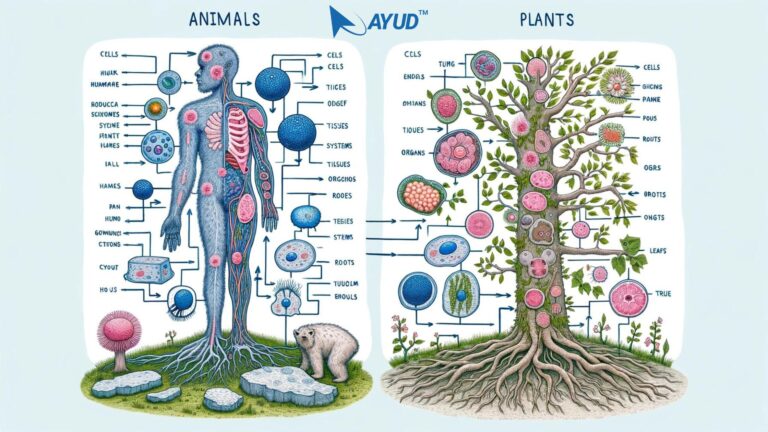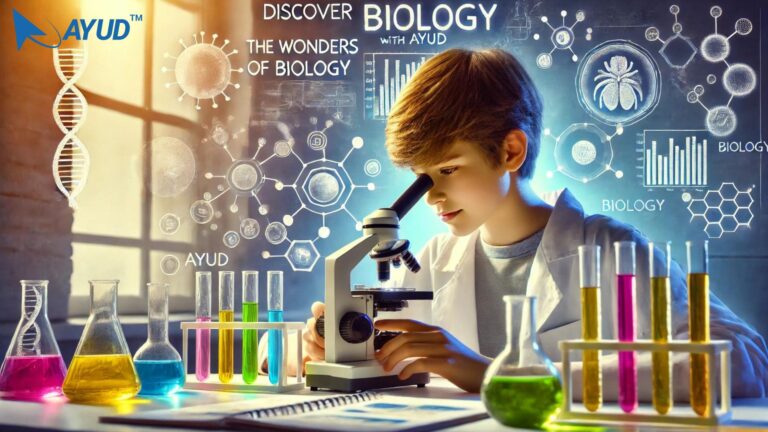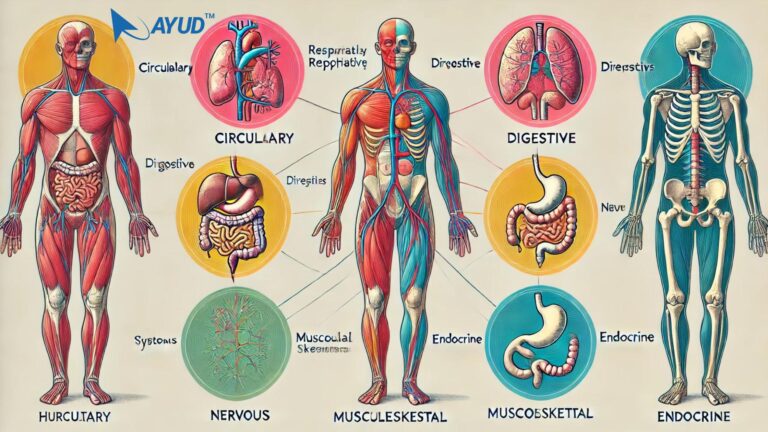Genetics and Evolution: Understanding the Blueprint of Life
Genetics and Evolution: Understanding the Blueprint of Life
Introduction
Genetics and evolution are two fundamental concepts in biology. They help us understand how life evolves and how traits are passed from one generation to the next. Genetics and Evolution: Understanding the Blueprint of Life. This blog will explain these concepts in a simple way, making it easy for both technical and non-technical readers to grasp.
What is Genetics?
Genetics is the study of genes and heredity. Genes are the basic units of heredity and are made up of DNA. They determine everything from the color of your eyes to your risk of certain diseases. Each gene is a piece of a larger puzzle that makes up the genome, which is the complete set of genetic material in an organism.
DNA: The Blueprint of Life
DNA (deoxyribonucleic acid) is the molecule that carries the genetic instructions for life. It is shaped like a double helix and is found in the nucleus of cells. DNA is made up of four chemical bases: adenine (A), thymine (T), cytosine (C), and guanine (G). These bases pair up in specific ways (A with T, and C with G) to form the rungs of the DNA ladder.
Genes and Chromosomes
Genes are segments of DNA that code for specific proteins, which perform various functions in the body. Humans have about 20,000-25,000 genes, spread across 23 pairs of chromosomes. Each parent contributes one chromosome to each pair, so you inherit half of your genes from your mother and half from your father.
The Role of Genetics in Heredity
Heredity is the passing of traits from parents to offspring. This process is governed by the rules of inheritance, first described by Gregor Mendel in the 19th century. Mendel discovered that traits are inherited in predictable patterns through dominant and recessive alleles.
Dominant and Recessive Traits
Alleles are different forms of a gene. A dominant allele will express its trait even if only one copy is present (e.g., brown eyes). A recessive allele, however, will only express its trait if both copies are present (e.g., blue eyes). This explains why some traits can skip generations and reappear later.
What is Evolution?
Evolution is the process by which species change over time through variations in their genetic makeup. Charles Darwin proposed the theory of natural selection, which explains how evolution occurs. According to this theory, individuals with traits that are better suited to their environment are more likely to survive and reproduce, passing those traits to the next generation.
Natural Selection
Natural selection acts on the variation within a population. This variation arises through mutations, genetic recombination, and other mechanisms. Over time, advantageous traits become more common, leading to the adaptation of species to their environment.
Genetic Drift and Gene Flow
Genetic drift is a random change in allele frequencies in a population, often having a greater effect in small populations. Gene flow, on the other hand, involves the transfer of genes between populations through migration. Both processes contribute to the genetic diversity within and between populations.
The Intersection of Genetics and Evolution
Genetics provides the raw material for evolution. Mutations introduce new genetic variations, while natural selection acts on these variations to shape the evolutionary trajectory of species. This interplay explains the incredible diversity of life on Earth.
Real-Time Example: The Evolution of Antibiotic Resistance
A real-time example of genetics and evolution at work is the evolution of antibiotic resistance in bacteria. When bacteria are exposed to antibiotics, most are killed, but some with mutations that confer resistance survive. These resistant bacteria reproduce, leading to a population of bacteria that can withstand antibiotics. This is a clear example of natural selection driving evolution in response to environmental pressures.
Impact on Our Lives
Understanding genetics and evolution has profound implications for our lives. It can help us develop new medical treatments, conserve endangered species, and understand our own ancestry. For instance, genetic research has led to breakthroughs in personalized medicine, where treatments are tailored to an individual’s genetic profile.
Conclusion
Genetics and evolution are key to understanding the complexity of life. By studying these concepts, we gain insights into how traits are inherited and how species adapt to their environments. This knowledge can help us address some of the most pressing challenges in medicine, conservation, and beyond.
Final Thoughts
Grasping the concepts of genetics and evolution is essential for anyone interested in the life sciences. This knowledge not only enhances our understanding of the natural world but also equips us with the tools to make informed decisions in various aspects of life. Genetics and Evolution: Understanding the Blueprint of Life. Embracing the principles of genetics and evolution can lead to significant advancements and innovations, impacting individual lives and society as a whole.
#Genetics #Evolution #DNA #NaturalSelection #Heredity #Biology #Science #GeneticResearch #AntibioticResistance #PersonalizedMedicine #ayud #ayudjobs #askayud #MultiLanguageSupport #ResumeBuilder #gotestit #ayudian #ayudblog
Self Evaluation:
GoTestIt – NEET Biology / Genetics and Evolution
My Goal Tracker – Stage 0 Level 0
https://ayud.page.link/FcNbLnHAqCT4N1B2A
How to Use Ayud Jobs: A Comprehensive Guide
Join our what’s app channel for timely updates







